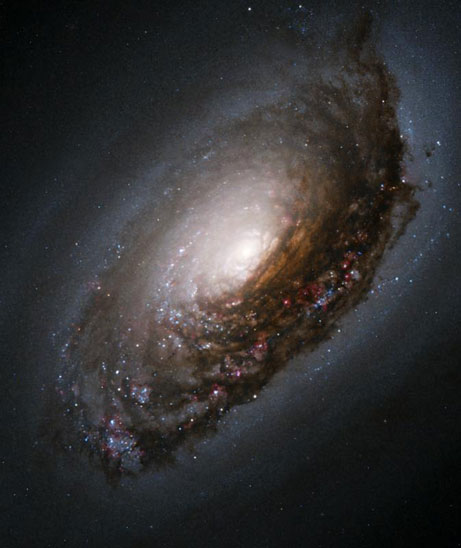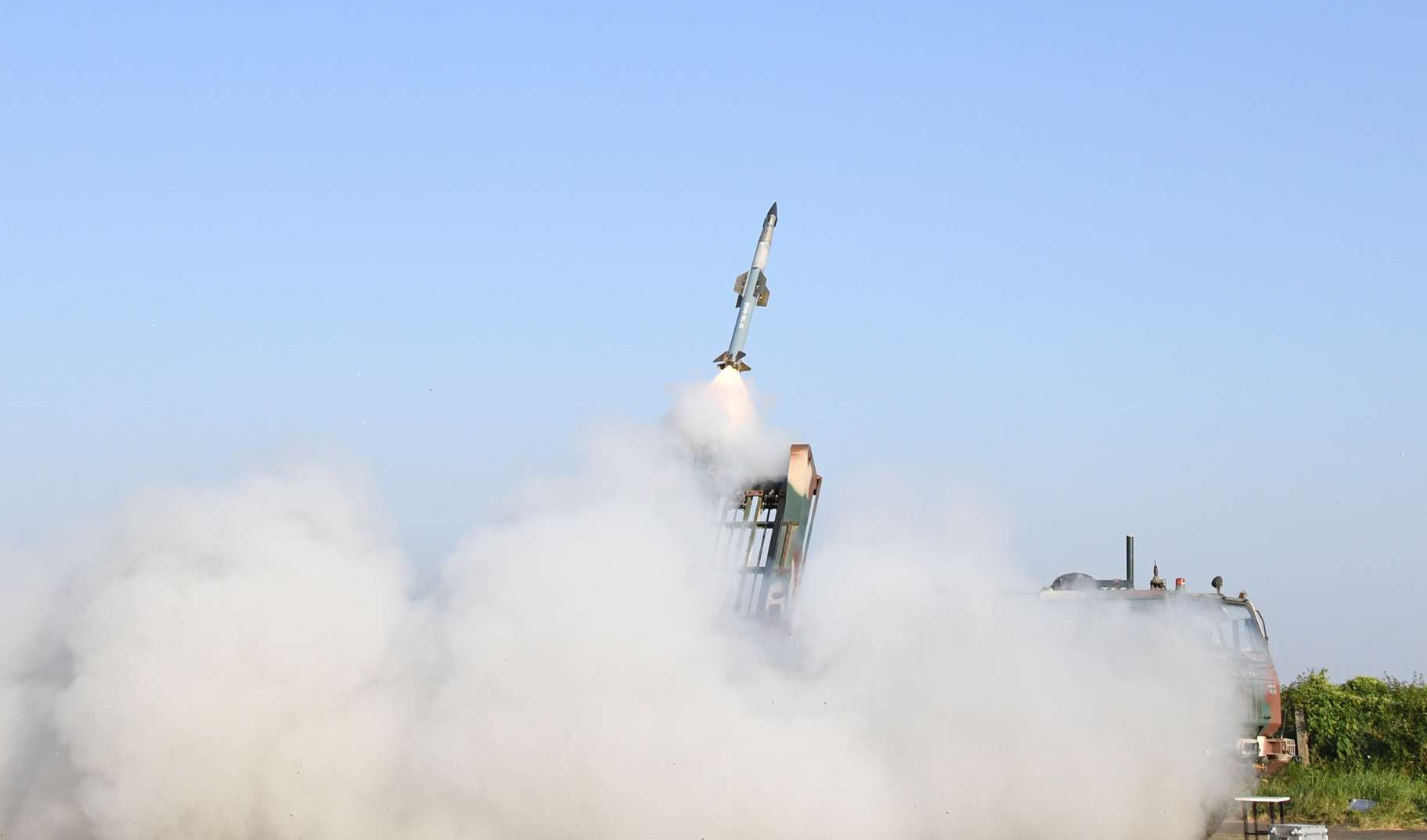
LONDON (PTI): Scientists have shown that glycine, an important building block of life, can form under the harsh conditions that govern chemistry in space, indicating that the molecule may form in dense interstellar clouds well before they transform into new stars and planets.
The study, published in the journal Nature Astronomy, detected glycine in the comet 67P/Churyumov-Gerasimenko, and in samples returned to the Earth from NASA's Stardust mission which was the first to return extraterrestrial material from outside the orbit of the Moon to the Earth.
According to the researchers, including those from the Queen Mary University of London in the UK, comets are the most pristine material in our Solar System and reflect the molecular composition present at the time our Sun and planets were just about to form.
While until recently, scientists thought that the formation of amino acids like glycine required energy, setting clear constraints to the environment in which it can be formed, the current findings suggest that these protein building blocks can form long before stars.
The researchers showed that it is possible for glycine to form on the surface of icy dust grains of comets, in the absence of energy, through 'dark chemistry'.
"Dark chemistry refers to chemistry without the need of energetic radiation," explained Sergio Ioppolo, lead author of the study from Queen Mary University of London.
The findings contradicted previous studies which suggested that ultraviolet (UV) radiation was required to produce this molecule.
"In the laboratory we were able to simulate the conditions in dark interstellar clouds where cold dust particles are covered by thin layers of ice and subsequently processed by impacting atoms causing precursor species to fragment and reactive intermediates to recombine," Ioppolo said.
The researchers first demonstrated that methylamine, the precursor molecule of glycine which was detected in the coma of the comet 67P, could form.
Then, using a unique ultra-high vacuum setup, equipped with a series of atomic beam lines and accurate diagnostic tools, the scientists confirmed that glycine could also be formed, and that the presence of water ice was essential in this process.
Further investigation using chemical simulations confirmed the experimental results and allowed the researchers to extrapolate data obtained on a typical laboratory timescale of just one day to interstellar conditions, bridging millions of years.
"From this we find that low but substantial amounts of glycine can be formed in space with time," said Herma Cuppen, a co-author of the study from Radboud University in the Netherlands.
Based on the findings, the scientists believe molecules that are considered building blocks of life already form at a stage that is well before the start of star and planet formation.
"Such an early formation of glycine in the evolution of star-forming regions implies that this amino acid can be formed more ubiquitously in space and is preserved in the bulk of ice before inclusion in comets and planetesimals that make up the material from which ultimately planets are made," said Harold Linnartz, Director of the Laboratory for Astrophysics at Leiden Observatory in the Netherlands.
"Once formed, glycine can also become a precursor to other complex organic molecules," Ioppolo explained.
They said other functional groups can be added to the glycine backbone, resulting in the formation of other amino acid molecules, such as alanine and serine in dark clouds in space.
"In the end, this enriched organic molecular inventory is included in celestial bodies, like comets, and delivered to young planets, as happened to our Earth and many other planets," Ioppolo said.
 Previous Article
Previous Article Next Article
Next Article













The Indian Air Force, in its flight trials evaluation report submitted before the Defence Ministry l..
view articleAn insight into the Medium Multi-Role Combat Aircraft competition...
view articleSky enthusiasts can now spot the International Space Station (ISS) commanded by Indian-American astr..
view article